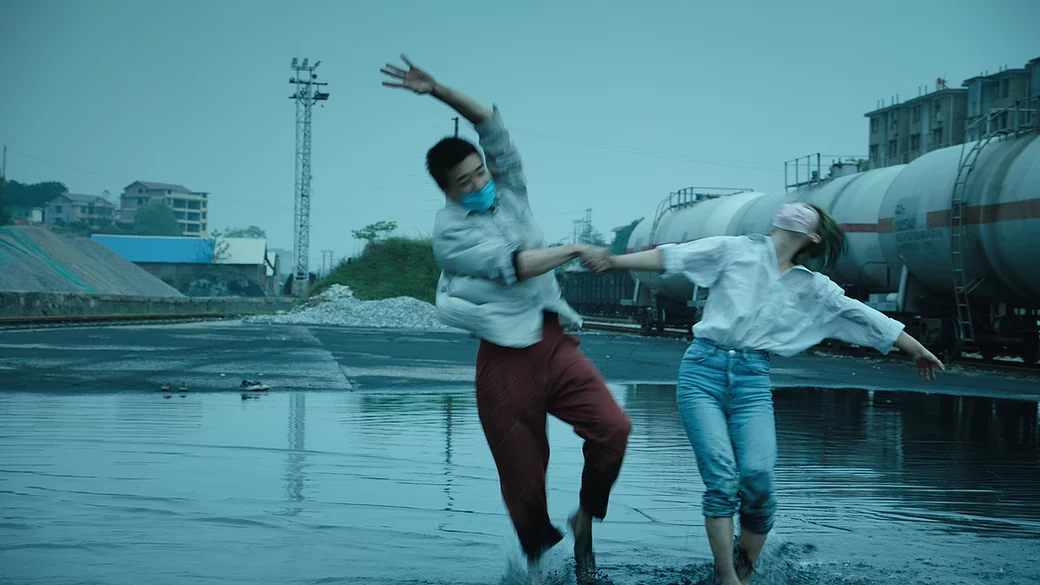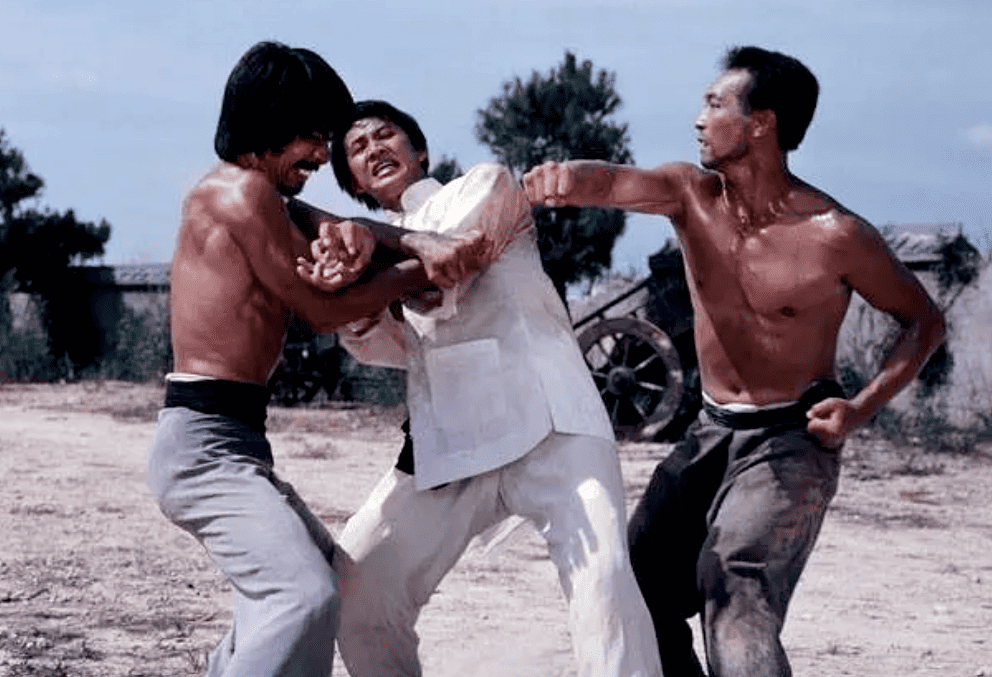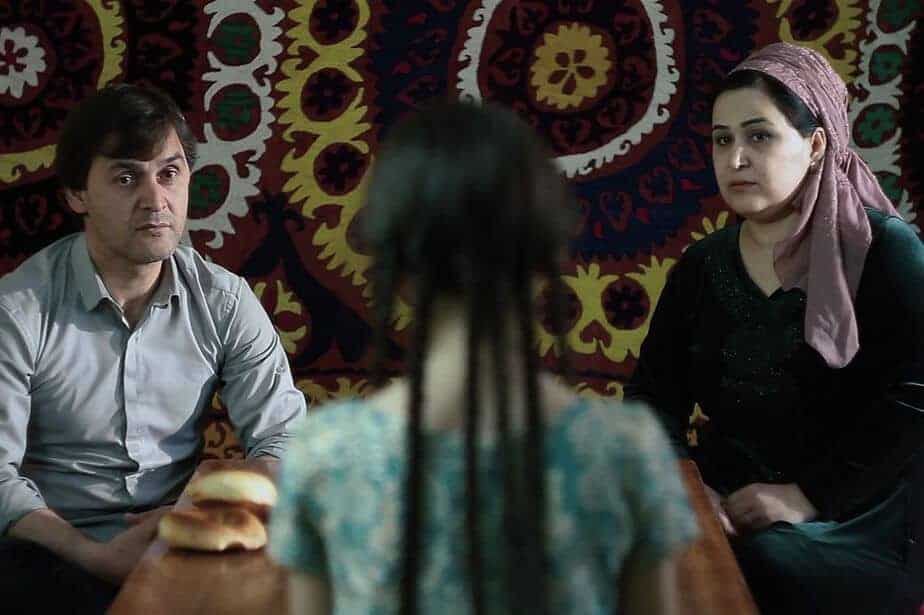The number of experimental documentaries that have been produced during the latest years has increased significantly, with a plethora of festivals around the world giving much space to such endeavors. Pan Lu and Yu Araki's “Anachronic Chronicles” is one of those titles, which we recently saw in Thessaloniki.
“Anachronic Chronicles: Voyages Inside/Out Asia” is screening at the 24th Thessaloniki Documentary Festival

The film includes narration and dialogue between three people, Pan Lu from Shanghai, Yu Araki from Japan and Wai from Taiwan who narrate their life story, based, though, on a series of home videos that they have collected during their youth. In that fashion, the film begins with the advent of the home camera, which took the world by storm during the 80s, with the three narrating how their families came to own one, and how they started recording a series of family moments. In that fashion, the three of them highlight both the way they were shaped as individuals since their childhood, and the way the lives of the members of the family and their relationships progressed through the years.

A series of discussions of the grown ups, regarding the place where it is best to emigrate in financial terms, along with a series of events that took place after they did, with the narration of cases of bullying being among the most interesting, dominate the film as time passes. Furthermore, the movie also includes a series of funny scenes, with the “Let it Be” one being the most memorable, while the way the three of them started thinking as directors (and editors), as soon as they realized what they were doing with their cameras, emerges as another intriguing point. The occasional dialectic “interaction” between the two directors adds another level to the narrative here, while the extensive footage of Japan, Hong Kong, Taiwan, Singapore and the US are quite interesting to watch.
Through the aforementioned elements, the two make a number of comments regarding memory, and how (video) recording can affect it or even dictate it on occasion, while a question emerges as the documentary unfolds, whether a collection of home videos actually comprises a movie.
The overall experimental approach is quite original and interesting in that regard, as any experiment can occasionally be. However, the fact remains that in an age where High Definition image and sound is improving constantly, watching a film of such bad quality in both aspects for an hour is quite difficult. Particularly the frequent echo and distortion that is heard throughout the movie becomes quite annoying after a fashion.
As such, whether someone likes “Anachronic Chronicles” or not lies utterly on how interested they are in experimentation, as this originality is essentially the only appeal of the movie.















